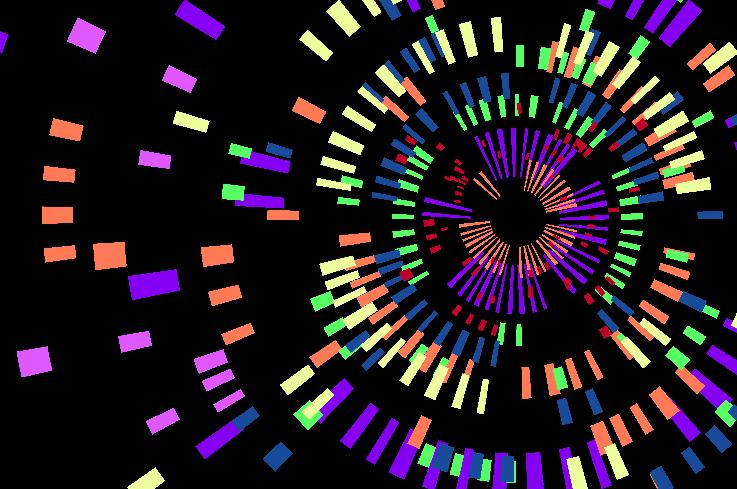Pardue and Gall first described in situ hybridization (ISH) for localizing nucleic acids in tissues, chromosomes, and nuclei. The method consists of three basic steps: fixation of a specimen (cells or tissues) on a microscope slide, hybridization of labeled probes to homologous fragments of genomic DNA, and detection of the tagged probe: target hybrids. Applications of this technique include detection of integration of exogenous DNA into the genome of cells, identification of chromosomal anomalies, cytogenetic analysis, and detection of viral infections. As with nucleic acid blotting, detection can be facilitated via radioactivity, enzyme-reactive chromogenic substrate or fluorescent labels.

There are lots of ways ISH can go wrong. Here, Creative Bioarray hope to provide a valuable reminder of good histology practice and aid in troubleshooting when unacceptable results do occur.
Low or No Signal
| Problem | Solution |
| Section over-fixed (cell boundaries will be distinct). | Prolonged tissue fixation times may lead to progressive degradation of signal intensity and may require longer digestion times. Reduce time of the fixation step or change to an alternate fixation method. |
| Inadequate tissue digestion. | Increase temperature, time or concentration of protease during the digestion step. |
| Tissue was over-digested resulting in the loss of target specimen from the slide or poor morphology. | Decrease temperature, time or concentration of protease during the digestion step. |
| Probes not well preserved. | Change the probe vials. |
| Target and probe were not completely denatured. | Check temperature of the heating apparatus, adjust temperature accordingly or increase the heating time. |
| Not enough probe in the hybridization reaction. | Repeat the test using a little bit more probe volume or increase the probe concentration. |
| Air bubbles trapped under coverslip prevented probe access. | Apply coverslip by first touching the surface of the probe mixture. |
| Hybridization conditions were too stringent. | Decrease the temperature of hybridization. Decrease the concentration of formamide in the hybridization cocktail. |
| Post-hybridization wash was too stringent. | Decrease the temperature or time of the post-hybridization wash. |
| Inappropriate filter set used to view slides. | Use recommended filters. |
Variation of Signal Intensity across Tissue Section
| Problem | Solution |
| Probe unevenly distributed on the slide due to air bubbles under coverslip. | Repeat assay on next adjacent section of the same tissue block and make sure no air bubbles are trapped under coverslip. Apply coverslip by first touching the surface of the probe mixture. |
High Background or Nonspecific Signal
| Problem | Solution |
| The probe hybridizes to nonhomologous DNA. | Test the probe in a Southern Blot to confirm the homology to the DNA. |
| Probe was not purified before use. | Purify the probe with a specifically designed gel filtration column. |
| Post-hybridization washes were not stringent enough. | Increase the temperature or decrease the salt concentration of the wash solution to reduce non-specific hybridization. |
| Too much probe was used. | Make sure to quantitate the probe and use the recommended amount. If background is still present, reduce the probe concentration in the hybridization. |
| Hybridization conditions were not stringent enough. | Increase the temperature of the hybridization step or increase the concentration of formamide in the hybridization cocktail. |
| Sample was allowed to dry during detection. | Keep sample moving through all of the detection steps quickly. Do not let the sample dry out. |
| Endogenous biotin is present in the sample causing non-specific detection. | Include a control sample with no probe to determine if this is the problem. If so, block the specimen with free streptavidin and then saturate the streptavidin with biotin. Wash the sample well after blocking. |